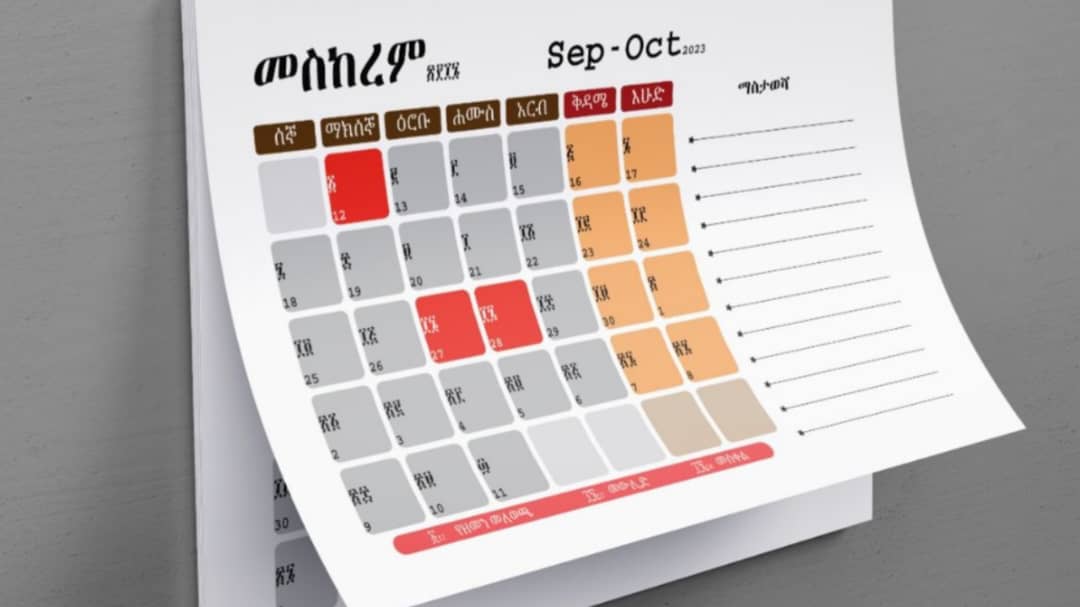Bitcoin Rallies to $86,000: Deutsche Bank Pinpoints Sell-Off Triggers!

The price of Bitcoin has recently experienced its most significant decline since February, plummeting over 30% from its previous month’s highs. This sharp sell-off has prompted investors to revisit the fundamental question of why this volatility is occurring now. According to analysis from Deutsche Bank, the current market downturn isn't attributable to a singular cause but rather a confluence of factors including prevailing market psychology, macroeconomic pressures, and evolving investor behaviors.
Deutsche Bank first highlights a broader "risk-off" sentiment dominating the markets. Bitcoin, historically perceived by some as an independent monetary asset, is increasingly mirroring the behavior of extended-duration tech stocks, showing a strong correlation with the Nasdaq-100 index. This suggests that investors are generally de-risking across various asset classes, a trend that has intensified amid rising macroeconomic uncertainty.
The Federal Reserve's stance on interest rates is identified as another crucial driver. Recent comments from Chairman Jerome Powell initially dampened expectations for an imminent December rate cut, subsequently cooling enthusiasm for speculative assets. While New York Fed President John Williams later offered a more moderate perspective, the overarching sentiment of "higher-for-longer" interest rates continues to exert downward pressure. Adding nuance, Fed Governor Christopher Waller expressed support for a December rate cut, citing a weakening labor market and stable inflation within the 2.4%-2.5% range. However, he cautioned that January would be “tricky,” emphasizing a strictly data-dependent, meeting-by-meeting approach for future policy decisions.
Regulatory uncertainty also casts a shadow over the cryptocurrency market. The progress of the Digital Asset Market Clarity Act in the Senate has stalled, leading to a visible muting of institutional confidence. This regulatory limbo comes at a critical time when new institutional players were just beginning to show interest in the market. Concurrently, there has been an acceleration of institutional outflows, with several major funds reducing their positions throughout November, contributing to mechanical sell pressure. Furthermore, long-term Bitcoin holders, many of whom are sitting on substantial gains accumulated over multiple halving cycles, are actively taking profits as the year-end approaches, further amplifying the downward momentum.
Following a modest weekend bounce, Bitcoin traded near $86,000 on Monday morning, having recovered from a Friday close around $84,53. This rebound follows a particularly fragile moment last Friday when the price fell to $80,524, its lowest point since April. This drop represented a decline of over 35% from its all-time high, effectively wiping out all year-to-date gains and negatively impacting overall market risk sentiment. The high volatility of recent days has fueled a significant debate among market participants: is this a healthy market correction, or does it signal the beginning of a deeper, more prolonged downturn?
Offering a broader historical perspective, prominent crypto commentator Anthony Pompliano stated on CNBC that the current Bitcoin price drawdown is "historically normal" and almost "mundane" for experienced holders. He highlighted that over the last decade, Bitcoin has endured 21 drawdowns of 30% or more, with seven of these exceeding 50%. Pompliano humorously noted that such volatility would be akin to "a global financial crisis every year and a half" in traditional markets, yet Bitcoin natives perceive it as routine. He argues that the current "panic" is primarily emanating from newer Wall Street entrants who are unaccustomed to such sharp and violent price swings, driven by year-end incentives, portfolio rotation, and fear-induced selling.
Despite the current pressure, Pompliano believes that with volatility compressing compared to past cycles, the present 35% pullback may signify a bottoming process rather than the onset of a deep, 70-80% bear-market collapse. He also pointed out that leverage has reset, evidenced by significantly lower open interest since the October liquidations. Coupled with extreme readings in the Fear and Greed Index, Pompliano suggests that the market is currently setting the stage for stabilization and a gradual upward grind. He confirmed his continued accumulation of Bitcoin, anticipating long-term annualized returns in the 20-35% range, which, while lower than the last decade, would still represent a stronger performance than traditional equities.
Supporting the narrative of investor panic, Glassnode data has revealed a significant spike in realized losses, reaching levels last observed during the November 2022 FTX collapse. This indicates heavy selling by short-term holders – those who acquired Bitcoin within the last 90 days. The dominance of realized losses surged into ranges typically associated with widespread panic, reflecting the intense emotional responses of market participants. At the time of writing, the Bitcoin price stands at approximately $86,003, underscoring the ongoing dynamic nature of its valuation.
You may also like...
Cinema Sensitivity and the Nigerian Reality: Why The Herd Divides Viewers

A commentary on the controversy surrounding the Nigerian film “The Herd,” examining calls for its ban over alleged ethni...
The Ancient African Calendar That Existed Before the Gregorian Calendar

Have you heard about the Ethiopian calendar? its astonishing accuracy and scientific brilliance, it is an ancient Afric...
Do Africans Abroad Owe the Continent Anything?

Do Africans abroad owe the continent and those back home anything? A bold and reflective social commentary exploring whe...
African Giants Secure World Para Championships Berth!
)
Nigeria and Egypt emerged as the dominant forces at the 2025 ITTF-Africa Para Championships in Giza, securing multiple g...
NBA Showdown Explodes: Suggs Ejected, Five Technicals in Fiery Magic-Sixers Clash!

Orlando Magic's Jalen Suggs was ejected from a game against the Philadelphia 76ers after a heated altercation involving ...
HBO Max Unlocks ‘Chespirito’ Universe with New Series, Teases ‘Like Water for Chocolate’ Season 2

HBO Max Latin America unveils a robust 2026 content slate, building on past successes with new series inspired by Chespi...
Apple TV Blasted! Major Thriller Series Pulled Days Before Premiere Over Plagiarism Scandal

Apple TV+ has abruptly removed its upcoming French thriller, <em>The Hunt</em> (Traqués), from its December lineup due t...
Summer Walker Dominates: R&B Queen Achieves Historic No. 1 Album Trilogy

Summer Walker's new album, "Finally Over It," has debuted at No. 1 on Billboard’s Top R&B/Hip-Hop Albums chart, achievin...




